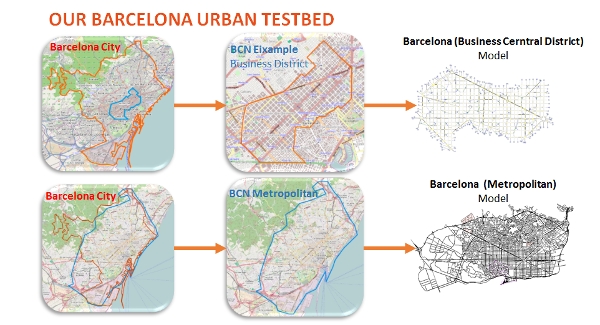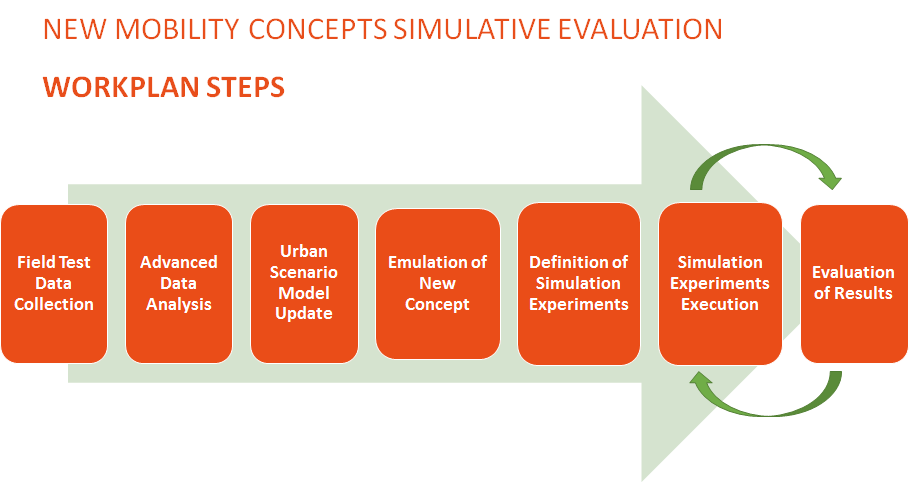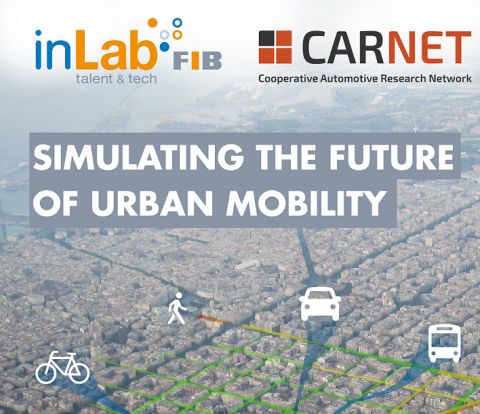On the 1st of June, inLab FIB will take part in the presentation of CARNET (Cooperative Automotive Research Network), an open hub focused on innovation and solutions to close the gap between automotive and urban mobility, a new initiative by SEAT, Volkswagen Group Research and UPC. During the CARNET presentation, you’ll be able to see some of the projects we have collaborated on at the demo area.
On the 1st of June, inLab FIB will take part in the presentation of CARNET (Cooperative Automotive Research Network), an open hub focused on innovation and solutions to close the gap between automotive and urban mobility, a new initiative by SEAT, Volkswagen Group Research and UPC. During the CARNET presentation, you’ll be able to see some of the projects we have collaborated on at the demo area.
Our combination of experience, R+D and talent in Transport+IT is key in the CARNET areas, centered on new urban mobility concepts as well as apps and software for transport.
New urban mobility concepts
In order to simulate the future’s urban mobility, we use specialized traffic simulators at a macro, meso and microscopic level and models of Barcelona to realistically emulate the new mobility concepts, reproducing the city’s traffic dynamics.

This allows us to measure future impact of different penetration levels of new concepts or vehicles. For example, in one of the accomplished projects together with Volkswagen Research, we emulated 10,000 equipped vehicles, acting as mobile traffic sensors that coexisted with the rest of the city’s vehicles. This simulation allowed us to evaluate the quality of the information recorded by this type of vehicles, in order to estimate the state of the city’s traffic, opening the door to future lines of research.
In another project, we worked with a fleet of vehicles that shared routes in a dynamic way, to absorb 10% of the trips that are currently made by a private vehicle.
5,000 connected vehicles will be emulated in the BIG IoT European project, currently under execution, in which SEAT is also partaking.
All these projects share a common methodology, which includes the extension of the simulation environment to emulate the new concepts in a realistic way.

Mobility apps
You’ll also be able to see a car with the ParkFinder app prototype, where inLab has collaborated with SEAT. This is a mobile app that integrates with the infotainment system of the SEAT MirrorLink-enabled vehicles, and localizes parking spots using information provided by the platform of the European project iCity.
